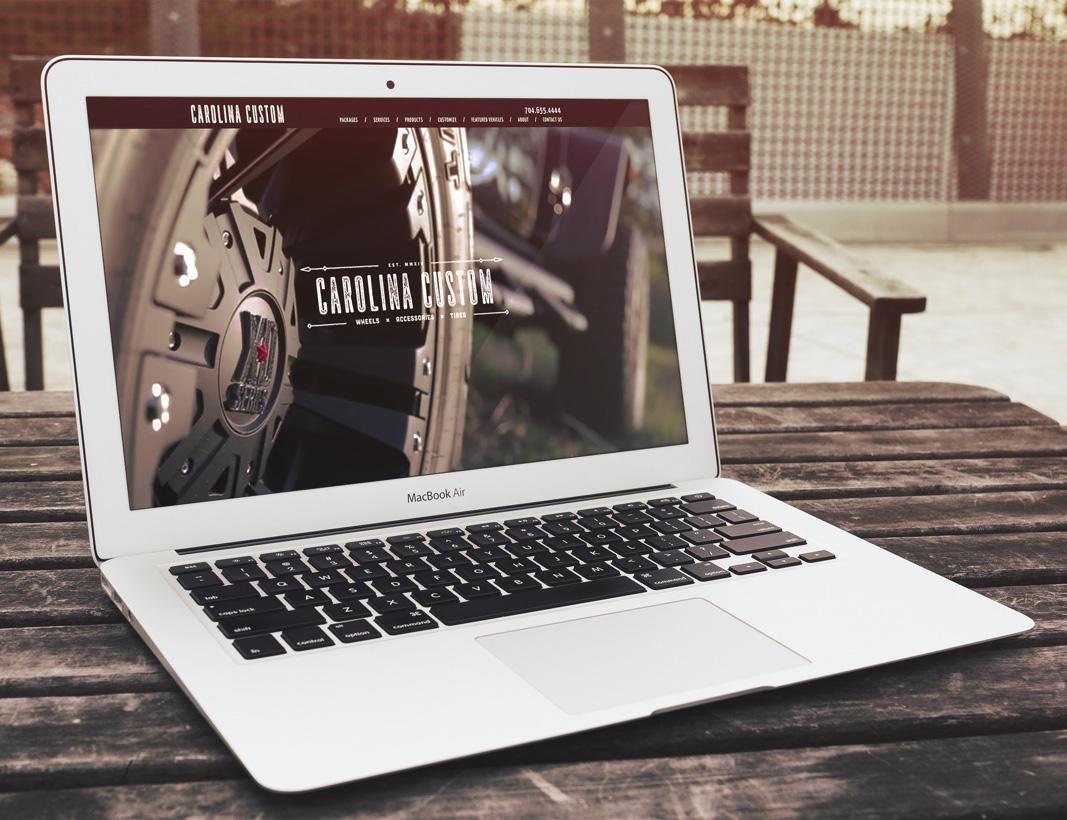In recent years, Search Engine Marketing (a.k.a. “SEM”, “pay-per-click advertising”, “PPC”) has risen to become one of the most popular channels for digital marketing. It’s not difficult to understand why: With a properly strategized SEM campaign, advertisers can both increase their visibility on the Google search engine results page (SERP) while also precision-targeting their messaging to reach a desired audience.
encompass blog
No matter what line of work you’re in, there’s always something gratifying about receiving recognition from your peers. Here at enCOMPASS, we are concerned first and foremost with doing great work that makes a difference on behalf of our clients. With that said, it’s always exciting when the movers and shakers in the advertising and design industries take notice of our hard work. And that’s exactly what’s happened again this year, with the enCOMPASS team winning eight W3 Awards.
- Marketing
- Google Insights
- Search Engine Optimization (SEO)
One of the big challenges in search engine optimization is reckoning with Google’s complicated, multi-faceted, and ever-changing algorithms. Simply put, there are a number of different factors that can impact your website’s performance on the search results page, and though these factors are weighted differently, they all deserve some level of consideration.
Over the last few years, transparency has become a paramount concern within the digital advertising industry. Simply put, the lines separating advertisement, journalism, and entertainment have become blurry, prompting an initiative to better clarify the intentions behind different forms of online content.
- Marketing
- Digital Media Consulting
By now it’s something of a cliché, yet it’s still worth emphasizing that the 2020 holiday shopping season was truly like no other. With a number of public health guidelines still in place, and many consumers reluctant to do much in-person shopping, we saw a big shift toward e-commerce. This year, the landscape appears significantly different, and it’s hard to predict just what the year’s seasonal trends will look like.
- Marketing
- Digital Media Consulting
- Video Advertising
Over the past 18 months, most advertisers have changed their strategies considerably. Of course, there’s been good reason for this: Our world has gone through a season of unprecedented change and disruption, and advertisers have been wise in adapting their strategies accordingly.
Over the past 18 months, email marketing has once again been in the spotlight. This can largely be attributed to the different ways in which the pandemic has impacted consumer behavior: As organizations have now more fully embraced remote work, and as more and more people shift their purchases online, email is simply a convenient way to communicate. Unsurprisingly, marketers have caught on to the surge in email use, and begun championing email as a true pillar of their digital strategy.
When Google announced its decision to end the use of third-party cookies, it led to quite a bit of anxiety within the digital advertising industry. Many advertisers and strategists were understandably concerned about this drastic step, and skeptical about the viability of any alternatives or work-arounds.
- Marketing
- Review Services
- Search Engine Optimization (SEO)
The Internet has fundamentally transformed how we shop. For example, consumers no longer have to make their major purchases “blind.” Instead, they can take as much time as they want to read reviews from other buyers, developing a more fully formed opinion about how to spend their hard-earned money.
It’s tough to overestimate the significance of online reviews. Google reviews, in particular, help to establish your brand’s trustworthiness, and engender the goodwill of consumers. They provide greater confidence to those who are on the fence about making a purchase. They also help increase your brand’s online visibility, and can even help you rank in local search results.


